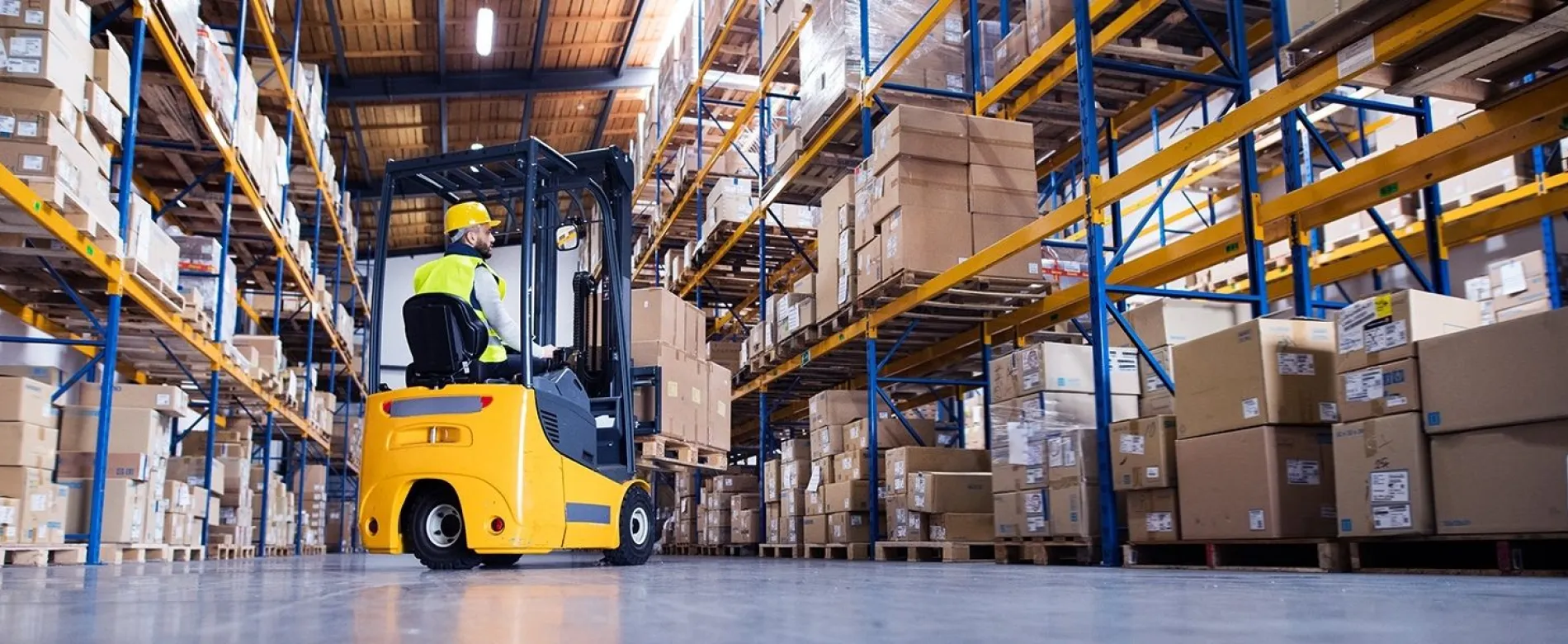How Real Time Location Systems (RTLS) can benefit your bottom line
A Real Time Location System (RTLS) automatically tracks and monitors objects and interactions as they happen, and has fast become the go-to technology for warehouses to maximise their overall value.
It’s a well known fact that warehouse inefficiencies result in losses to a company’s bottom line profits. A recent UK survey of 250 supply chain, warehouse and distribution managers revealed that distribution centres waste approximately 3,000 hours each year due to unproductive workflows.
When it comes to efficiency improvements, there is one key ingredient to success; data.
Without real-time data, effective warehouse management is more of a guessing game than an intelligent and efficient process. By basing your decisions on gut feelings and educated guesses you can’t be sure if your decisions are making a positive impact until weeks or even months after the changes have been implemented. RTLS removes all of the guesswork from your operation by providing immediate real time feedback on anything from the routes used by forklift drivers and the speed they travel at to the exact location of pallets and forklifts.
Here are some examples of key areas where RTLS can deliver vast improvements:
Inventory accuracy
Inventory accuracy is vitally important; the challenge lies in achieving it. RTLS helps you to achieve and maintain 99.9% inventory accuracy without the laborious and often expensive inventory audits that can take hours or sometimes days. RTLS provides you with all of your real time pallet location information within minutes.
Not only that, as RTLS delivers a clear and current picture of when and where inventory travels, there’s a potential efficiency saving of up to 15 seconds on every pallet move by eliminating the need to manually scan a barcode each time a pallet is picked up or dropped - that’s four hours worth of time saved for every 1000 pallets moved.
Improving Efficiency
Having access to real time driver movement information means you can work with your drivers to continually refine and improve performance that benefits both the driver and the business.
For example, a single pallet is likely to be moved a minimum of four times during its time in a distribution centre:
- It arrives as a delivery and is unloaded onto the floor
- It’s then picked up and moved to a storage location
- It’s stored for a while and then put back onto the floor ready for dispatch
- It’s taken from the floor and put onto a delivery lorry
On average, a single pallet move takes 2 minutes of driver time (some shorter and some much longer). If your company ships 40,000 pallets per week with an average of 2 minutes per pallet move, the time spent moving those 40,000 pallets is 80,000 minutes, or 5333 hours.
Calculating efficiencies is rarely simple though, and most companies find the actual number of driver hours taken to be more like 7,000 and it’s often very difficult to pinpoint where and why the additional time is spent.
Using RTLS provides real time, factual driver and pallet information enabling you to see exactly where and how time is being lost. This allows you to make efficiency changes you know will work. It also helps drivers reduce the amount of time they waste searching for pallets and locations, as real time location information is instantly available to them. Within 6 months of implementing RTLS, your company could reduce the number of FLTs required by 20%.
Forklift safety
On average 20,000 people get seriously injured in forklift accidents every year in the US, and the cost incurred because of forklift accidents is estimated to be above $100 million. RTLS provide you with all of the information you need to find the root cause of problems; whether it’s assigning accountability or redirecting your warehouse flow to eliminate accident-prone hot spots.
A great example of this is utilising driver data to understand how and why an accident has occurred. By analysing route and speed data it becomes easy to work out what went wrong and how to ensure it doesn't happen in the future.
Labour management
Effective RTLS implementations deliver huge cost savings by improving journey routing capabilities. The accuracy provided is unparalleled and as a result, you’ll see a huge uplift in productivity and efficiency among your fleet drivers. The upshot? Over time the system will deliver a positive ROI in efficiency savings alone.
In Summary
The key to the success of RTLS is deciding how to use the data to drive improvement. After all, having the data is one thing, but knowing how to interpret it and turn it into tangible business benefits is another. RTLS give you the ability to collect data for analysis from every aspect of your operation, vastly increasing the intelligence behind your warehouse management. Without an effective RTLS solution, your business is essentially relying on educated guesses, which can be both time-consuming and inaccurate. Data is vital to the success of your business and if you’re working in a world without it, it might be time to think again.

